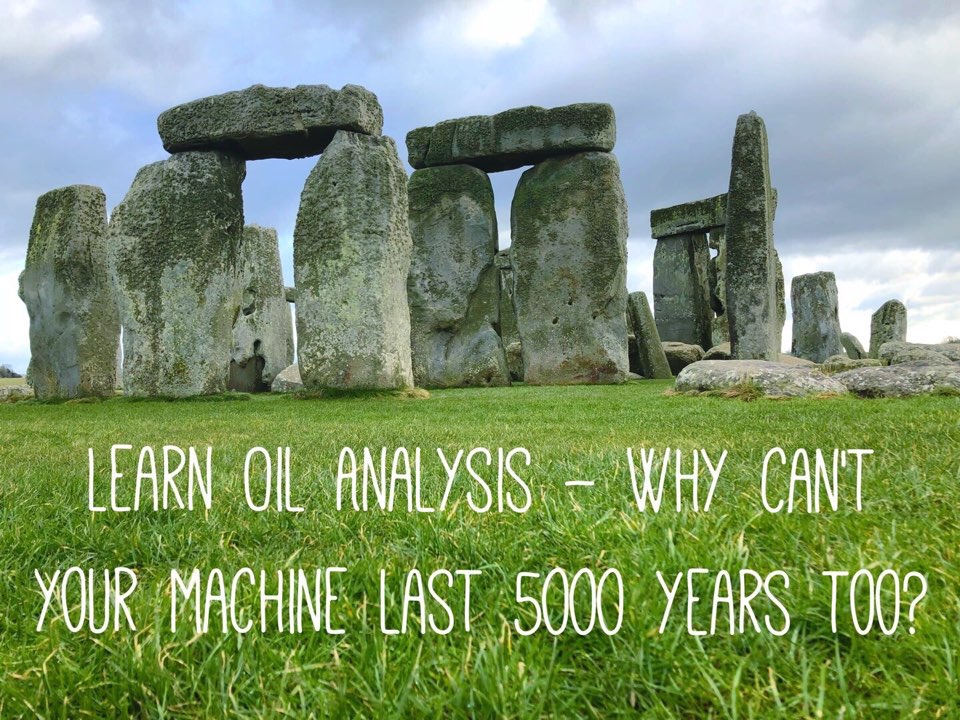I recently had a long weekend in the south of England and did a little sight seeing getting the most out of my national trust and English heritage passes. Whilst there, I visited stone henge, one of the UK’s and potentially the world’s most recognisable ancient monuments. Listening to the audio tour, the guide was explaining about the numerous restoration projects that had taken place on the site and one peaked my interest.
In 1900 one of the larger trilithons (the two parallel stones with one across the top structures) collapsed completely. In 1901 following these collapses, surveys of the site to identify other at risk stones began. One stone was identified to be at great risk of falling by its steep leaning angle (stone 56) and so before the stone fell, the archeological team decided to straighten the stone and prevent further disaster of losing another trilithon.
This couldn’t help but make me see parallels to oil condition monitoring in that, following a catastrophic failure (stone collapse), analysis of remaining fleet (stones) to identify potential early failures (wear metals) before they became catastrophic (predictive maintenance).
This is a prime example of condition based maintenance and like the industry I work in, it usually takes a failure to demonstrate the need to start performing it.
This also got me thinking about how long could you make a machine last with condition monitoring – they got another 100 years out of one of the stones that may have fell in the early 1900s, so why can’t your machinery do the same, rather than have to replace entire fleets every few years.
The issue tends to be we are quite wasteful as a society, always discarding things too early and too keen to replace stuff before it really needs to be. There have been television campaigns about sell by dates causing massive food wastage and the lubricant industry is no different in that oil is being changed far too early too.
My car manufacturer recommends I change my engine oil annually, the fact the stuff started life 650 million years ago in the ground seems to have been forgotten in an overly wasteful society. In my experience OEM guidelines for oil changes are wrong 95% of the time as they are based on an average rather than a bespoke figure for every car driver and the unique conditions the car has gone through over the last 12 months. So for the exactly average user it’s perfect, but who really fits this perfect model consumer?
Hence the traditional approaches of either “if ain’t broke don’t fix it” and “the handbook says I am supposed to change it” are extremely outdated. The stone henge example was actually decades ahead of its time. Rather than leaving all the stones to fall or saying replace all the stones, they worked on the most practical approach of assessing the situation through condition monitoring before taking action.
If you are not using condition based maintenance then your maintenance spend could be up to 10x higher than it should be and your failure rates and wastage are likely to be much higher too. So why not take your first oil sample and assess the condition of your machinery? If your machinery does not use a lubricant (E.g. an electric motor) then use thermography or vibration instesd, but you should be monitoring your equipment to give the best life with multiple condition monitoring tools if possible. I can’t guarentee doing this will make your machines last 5000 years or even another 100, but study after study has shown you will get longer and more reliable machinery using condition based maintenance practices, so why not start benefiting today?


